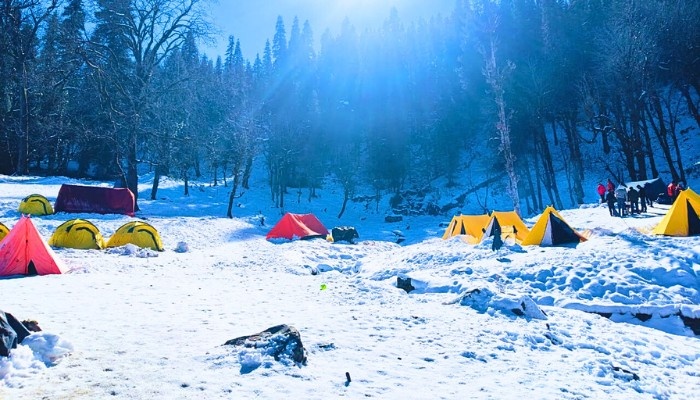
MOUNTAIN MANNERS OR MOUNTAIN ETIQUETTE :
Guiding principles for behaviour in the outdoors that trekkers should know about, what are the dos and don’ts of trekking, Rules that should be followed to ensure the safety and enjoyment of everyone and the golden rule of mountains “take photos and leave only footprints ” these principles minimize human impacts on the natural world and Help to preserve the land
Leave No Trace
- Plan Ahead and Prepare
Prepare for extreme weather, hazards and emergencies and know the regulations and special concerns for the area you will visit - Travel and camp on Durable surface
Durable surfaces include established trails, rock, gravel, dry grasses or snow, keep campsite small focus activity in areas where vegetation is absent - Dispose of waste properly
Inspect your campsite and rest areas for trash or spilt food. Pack out all trash, leftover food and litter - Leave what you find
Preserve the past examine, but Do not touch culture or historic structures and artefacts. Leave rocks, plants and other natural objects as you find them. - Minimize campfire Impact
The fire directly scotches and sterilizes the soil and rock where it burns, killing microbes that make plant growth possible. It can take decades to centuries for sterilised soil to recover use a stove for cooking instead - Respect Wildlife
Observe wildlife from a distance. Do not follow our approach to them. Never feed animals. Feeding wildlife damages their health - Be Considerate Of Other Visitors
Respect other Visitors and protect the quality of their experience
Respect The Environment
It is necessary to be respectful of the environment when trekking,
Taking care not to damage or disturb vegetation or wildlife and properly disposing of waste
Stick to designated trails
For our own safety and protection or the protection of the plants and animals in their Natural habitat natural formations have been destroyed by humans by wandering off the designated paths. If we want these things to be there in the future for others to see, it’s best to stay on the marked trails
Always Go Towards Mountains Side
whenever you are on the trail and someone ( a porter or any pack animal ) wants to side and go ahead of you then you always go towards the side of the mountains
Respect Restricted Areas
It is essential to respect Restricted Areas when trekking, as these areas may be closed for environmental and safety reasons. never cross boundaries or attempt to trek that is beyond your abilities
Let’s Nature Sound Abound
Many of us head to the Mountains to find peace and quiet or to listen to birds chirp and the leaves flutter in the breeze. If you’re going to play music, don’t assume everyone else wants to hear
Do Not Shout Unnecessarily it will distract others they will think you might need help for you are in trouble
Be Prepared
Before heading into the mountains, inform someone about your plans know the route you are taking, check the weather condition and carry essential safety equipment, such as a map compass, fir aid kit and enough food and water
Rules and Regulations
Familiarise yourself with any specific rules and regulations for the area you are visiting, such as permits, camping restrictions, or fire bans
Gather Up Garbage
Do not litter any wrappers or spoil the trail in any way. In case you find any wrappers, plastic bags or anything left by trekkers on the way, please carry the same with you for deposit at the base camp
Keep Our Water Clean
Do not urinate close to the water stream
Do not pollute water by bathing, washing your hands, washing dishes in rivers
Protect Against Falling Rock
If you see any rock rolling down the slope always shout ” Rock ” Not other words it might confuse them
Don’t throw the stone down the slope it will hurt someone or some animal
Be Kind
Help others when someone needs it and make sure you are keeping your safety while helping other
While trekking greet
About Author

Himalaya Shelter
Recent news
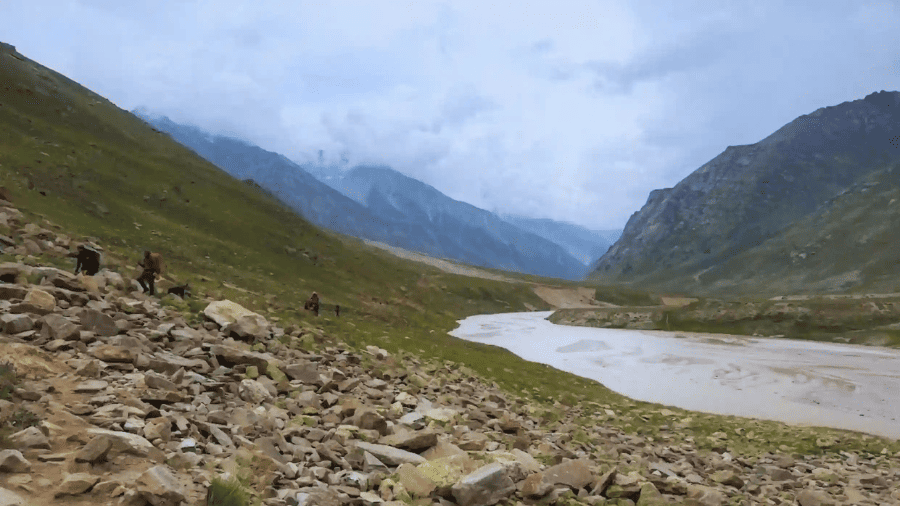
23 Dec 2025
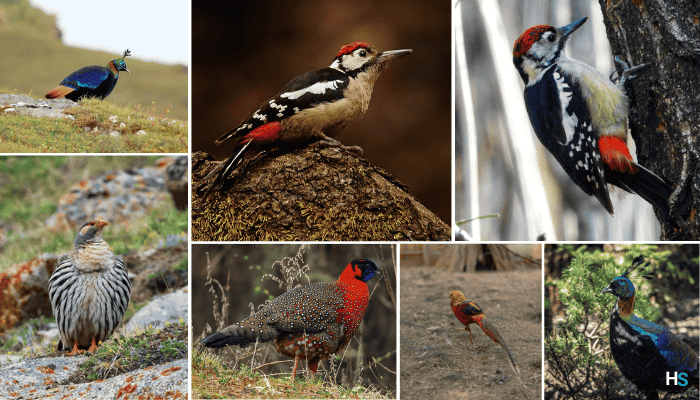
20 Dec 2025
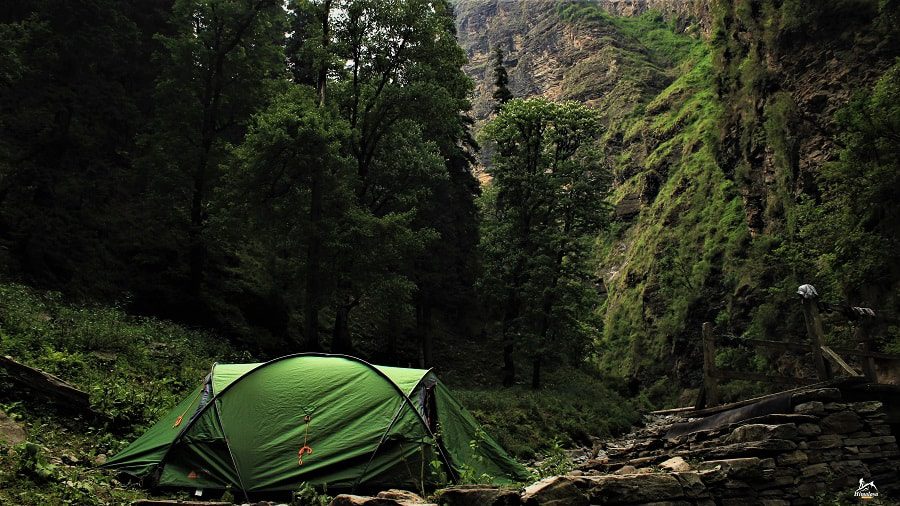
18 Dec 2025

16 Dec 2025
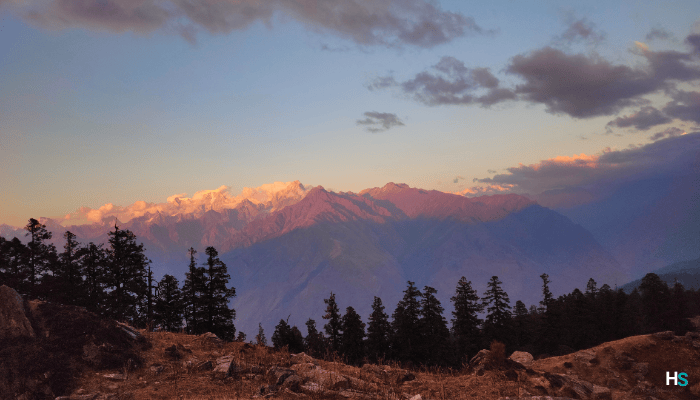
10 Dec 2025
Recommended Treks


Cost: ₹9900 | $114
Type: Easy
Best Time: April to June and September to November
